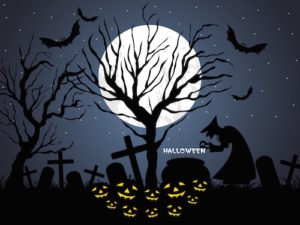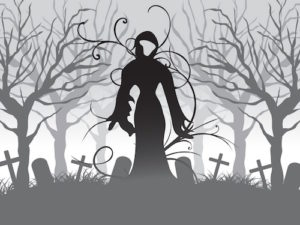
Turns out there’s more to Halloween than collecting candy and going to costume parties.
Take Mexico, Latin America and Spain, for instance. On November 2 these countries celebrate All Souls’ Day.
It is a three-day long celebration beginning on October 31, according to History.
It’s believed the souls of the dead are able to return to earth over these three days, and celebrations include alters constructed in honor of deceased family members that are decorated with candy, flowers, photographs and food.
One of the most commonly known celebrations is Dia de los Muertos (Day of the Dead) which is heavily celebrated in Mexico, but also across Latin America, according to National Geographic.
Ireland celebrates Halloween because that’s where it all began.
Originating 2,000 years ago, the ancient Celtics celebrated Samhain on November 1. They believed on October 31 the dead returned as ghosts, so people would put out food, wine and sweets on the doorstep of their homes to ward away spirits from entering, according to History.
People would wear masks when leaving their house to trick the ghosts into thinking they were also ghosts.
During the 8th century Samhain’s Day was named All Saints’ Day, which was then called All Hallows by the Christian church. October 31 was called All Hallows Eve, which eventually turned into Halloween, according to History.
In China it is believed the light from bonfires and lanterns help guide spirits as they travel Earth on Halloween night.
The festival known as Teng Chieh celebrates deceased loved ones much in the same fashion as Dia de los Muertos.
France and Canada celebrate Halloween in similar fashion to the U.S. as well.
Trick-or-Treating, dressing up in costumes and passing out candy all are included in the celebrations on October 31.
No matter what each country does to celebrate Halloween, one thing they all seem to have in common is the undying love for those who have passed, and the belief they must help their spirits find their way during on the one night they can return and walk among the living.

